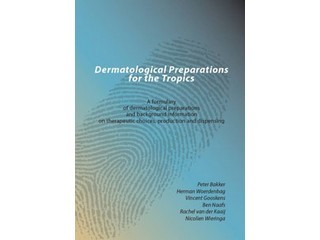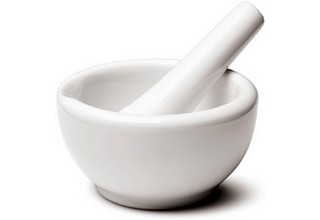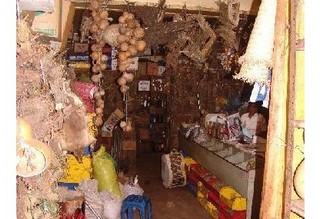Healing tropical skin disease

If you suffer from scabies and live in, say, Malawi, getting the right treatment can be a big problem. In many countries, medical staff have to make do with a tiny budget and little equipment.
To help them, a second edition of Dermatological Preparations for the Tropics has been published. The book shows how to make effective medicines with limited resources. Dermatologists who work in the tropics consider the book a gift from the gods.
The first edition was published in 1990 and has been out of print for some years. Rachel van der Kaaij, microbiologist and coordinator of the Science Shop for Mathematics and Natural Sciences, investigated whether there was a need for a second edition. And there was. ‘Loads of dermatologists and pharmacists working in the tropics really wanted the book, but what can you do? We didn’t have any more copies.’

She discovered that some dermatologists were still using the first edition, for example in training programmes for dermatologists in Africa. ‘This proved that there was a real need for a new edition.’ Van der Kaaij also had numerous discussions with dermatologists and pharmacists on what needed revising in the book.
You might think that a lot would have changed in the treatment of dermatological diseases in 20 years. After all, the pharmaceutical industry is constantly looking for new medicines. But the authors were pleasantly surprised by how little needed changing. This is because the book’s main focus is the small-scale, local production of ointments and medicines in the tropics.
People there work with cheap ingredients that no longer have patents on them. ‘Little research is devoted to these products because there’s no profit to be made,’ says Van der Kaaij. Some changes have been made though, for example if it is now known that an ingredient is harmful to the environment. And more patents have expired, making different ingredients affordable for medical staff in Africa.

She hopes that it won’t take another twenty years before a third edition is published. ‘A dedicated website would perhaps be more user-friendly, but we’re not at that point yet,’ says Van der Kaaij. ‘The book is now available as a PDF at least.’ The PDF can be downloaded free from the University of Groningen website.
The PDF version is not intended for people travelling to Africa. ‘Although it is for people with limited medical education and resources,’ says Van der Kaaij, ‘it is not for anyone and everyone. You do need some background knowledge and the equipment to prepare the products.’ Nor is the book intended as a first-aid manual.
The first copies of the book are travelling across the world right now from the Philippines to South Africa. In addition, copies of the book were handed out during the FIP Centennial Congress for Pharmacy and Pharmaceutical Sciences in Amsterdam last week.
(text: Glenda Vasse)
| Last modified: | 28 May 2021 4.14 p.m. |
More news
-
29 April 2024
Tactile sensors
Every two weeks, UG Makers puts the spotlight on a researcher who has created something tangible, ranging from homemade measuring equipment for academic research to small or larger products that can change our daily lives. That is how UG...
-
29 April 2024
Behind the scenes: how UG and Hanze UAS students are jointly developing a Mars rover
This year the students of the Makercie team are participating in the physical edition of the European Rover Challenge in Poland. Read more about the team and the collaboration between the RUG and Hanze UAS here.
-
23 April 2024
Nine MSCA Doctoral Network grants for FSE researchers
Nine researchers of the Faculty of Science and Engineering have received a Horizon Europe Marie Sklodowska Curie Doctoral Network grant.

